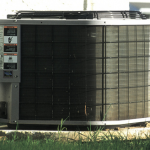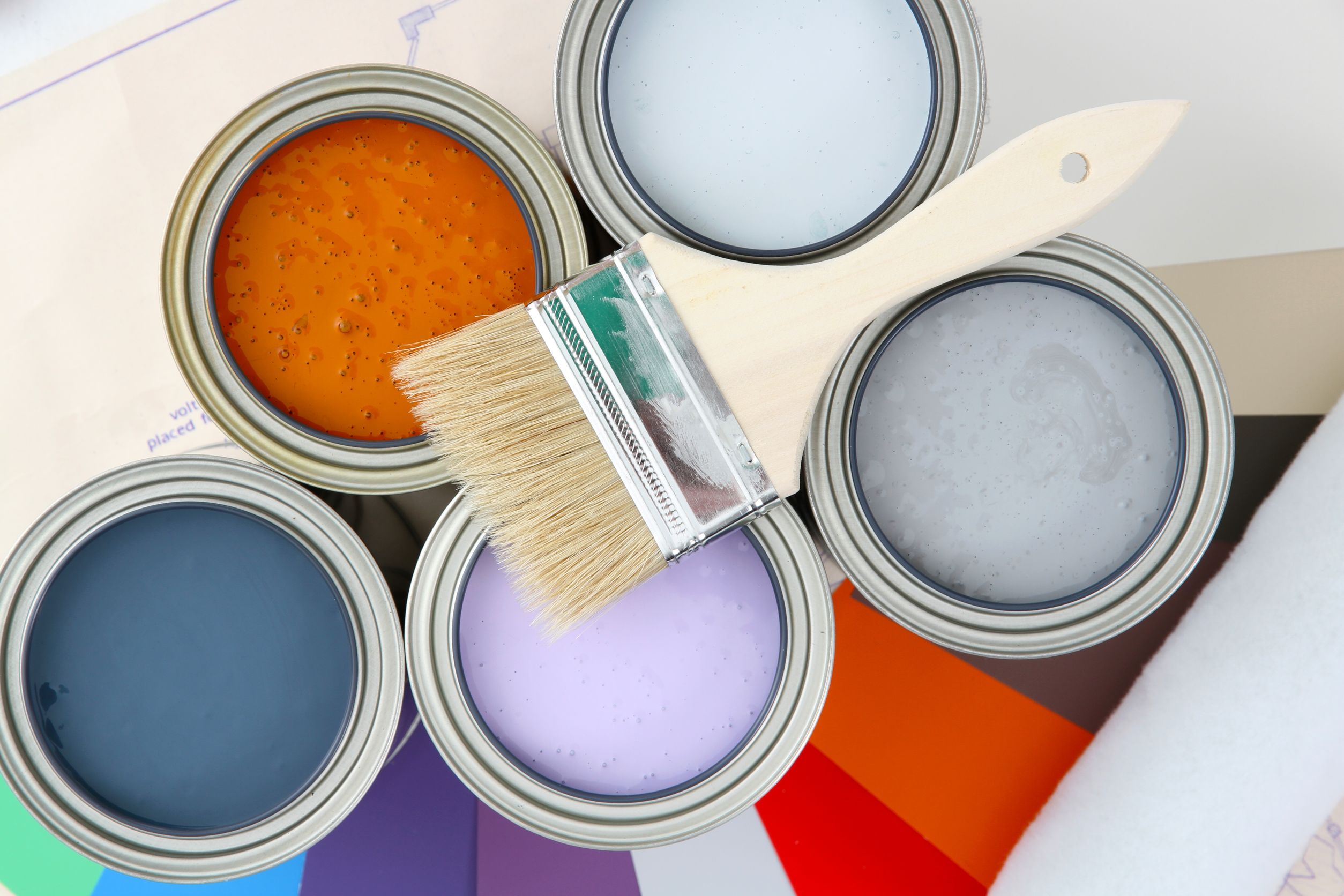In the world of metal finishing, the longevity and durability of components are paramount. Among the various methods available, zinc nickel plating stands out, primarily due to its exceptional corrosion resistance. This article explores how zinc nickel plating corrosion resistance contributes significantly to enhancing the durability of products.
Understanding Zinc Nickel Plating
Zinc nickel plating is a process that deposits a layer of zinc-nickel alloy onto metal surfaces. This technique not only improves the aesthetic appeal of metals but also significantly boosts their resistance to corrosion. The alloy typically consists of approximately 85% zinc and 15% nickel, providing a tough barrier against corrosive environments.
Key Benefits of Zinc Nickel Plating Corrosion Resistance
Enhanced Longevity
The primary advantage of zinc nickel plating is its ability to extend the life of metal parts. By shielding the underlying metal from corrosive elements, this plating ensures that components can withstand harsh conditions without degrading.
Consistency in Performance
With zinc nickel plating, products maintain their functionality over an extended period. The uniform protection offered by this plating helps in preserving the mechanical and electrical properties of the base metal.
Environmental Resistance
This plating technique is particularly effective in environments where there is a high risk of corrosion due to moisture, salt, and industrial chemicals. Zinc nickel plating is thus ideal for automotive and aerospace parts, as well as marine and industrial applications.
Cost-Effectiveness
By prolonging the lifespan of components, zinc nickel plating reduces the need for frequent replacements, thereby offering a cost-effective solution for businesses.
How It Works
Zinc nickel plating involves the electrochemical application of zinc-nickel alloy onto a substrate. The process typically includes the following steps:
• Surface Preparation : Cleaning the metal surface to remove any impurities that could interfere with the adhesion of the plating.
• Electroplating : Submerging the metal in a solution containing zinc and nickel, and applying an electric current to facilitate the deposition of the alloy.
• Post-Treatment : Applying a passivation layer or sealant to enhance the corrosion resistance further.
This method not only provides a robust layer against corrosion but also can be tailored to meet specific industry requirements by adjusting the thickness of the plating and the composition of the zinc-nickel alloy.
Practical Applications
The superior corrosion resistance of zinc nickel plating makes it an invaluable solution in various sectors. Some common applications include:
• Automotive Components : Protects parts like brake calipers and fuel injectors against corrosion.
• Aerospace Parts : Offers enhanced durability for components exposed to extreme environmental conditions.
• Marine Hardware : Shields metal parts from the corrosive effects of saltwater.
• Electronics : Ensures the reliability of connectors and other components prone to corrosion.
Zinc nickel plating corrosion resistance is a pivotal factor in enhancing the durability and longevity of metal components across diverse industries. By forming a protective barrier against corrosive elements, this plating technique not only ensures the structural integrity of metals but also contributes to cost efficiency by minimizing maintenance and replacement needs. As industries continue to seek reliable and effective solutions for corrosion protection, zinc nickel plating remains a preferred choice for its proven performance and resilience.








